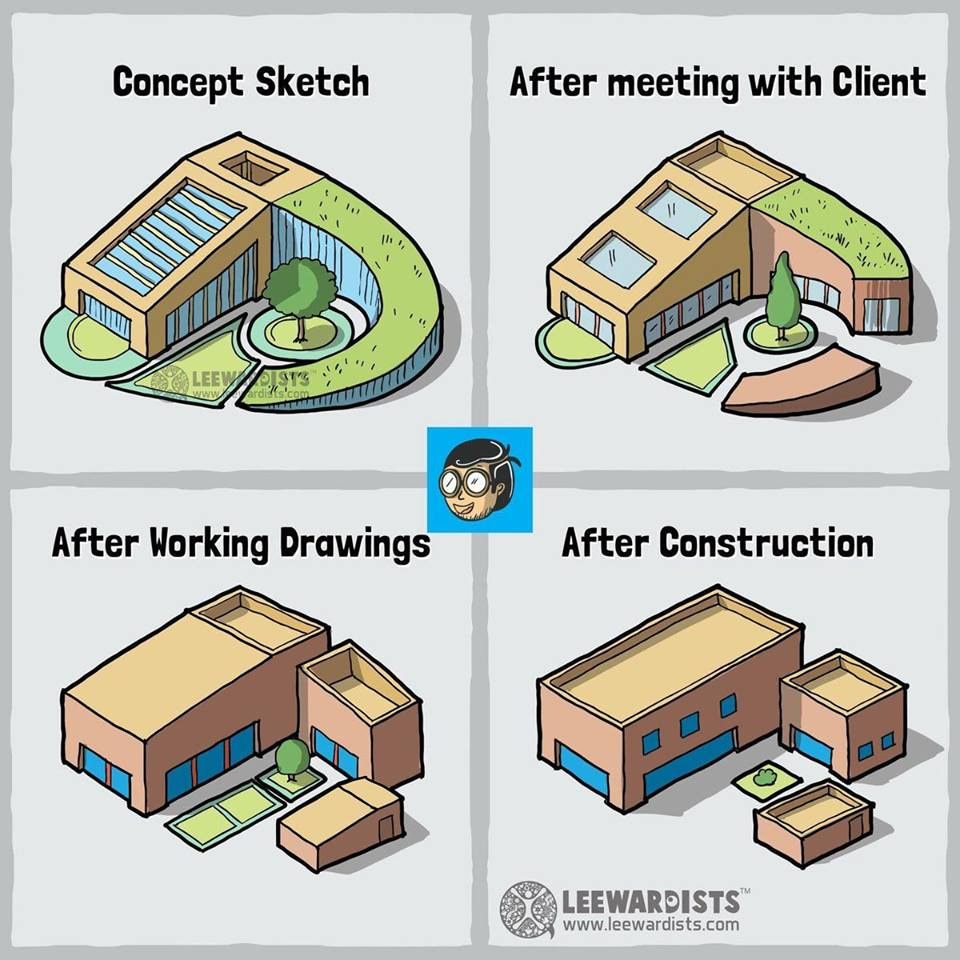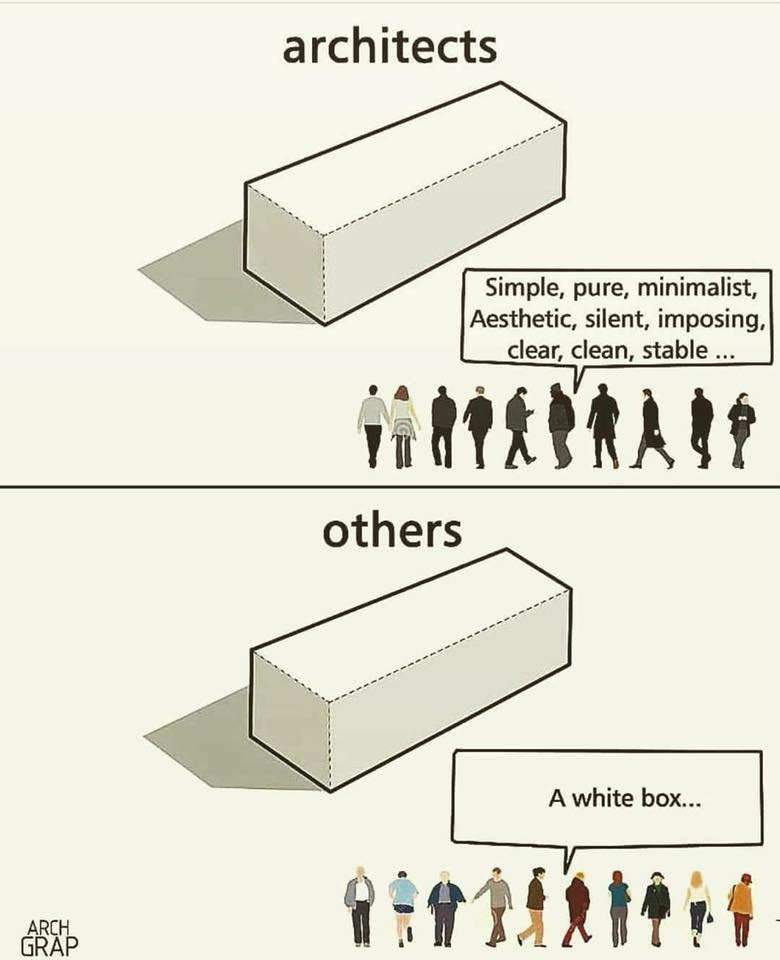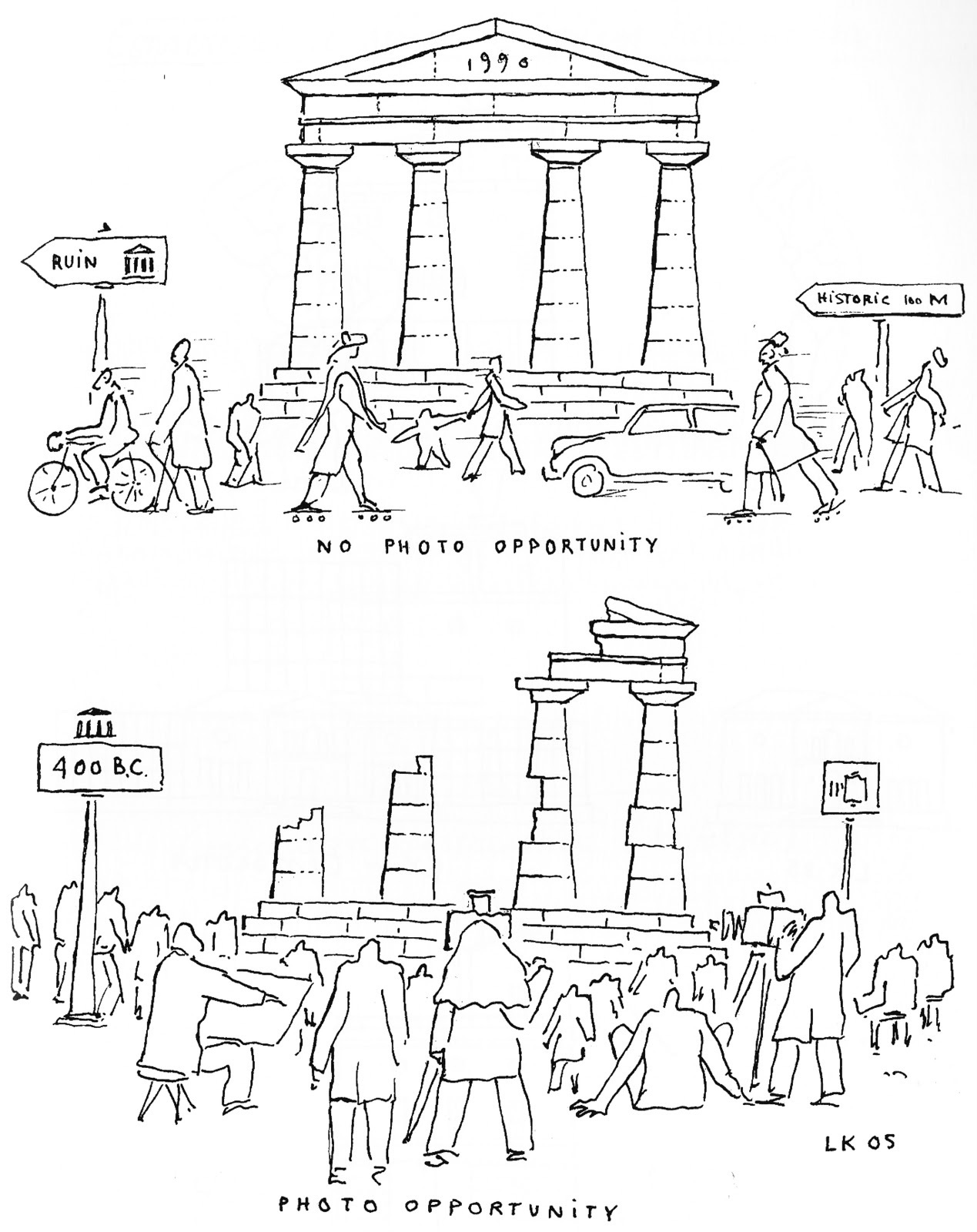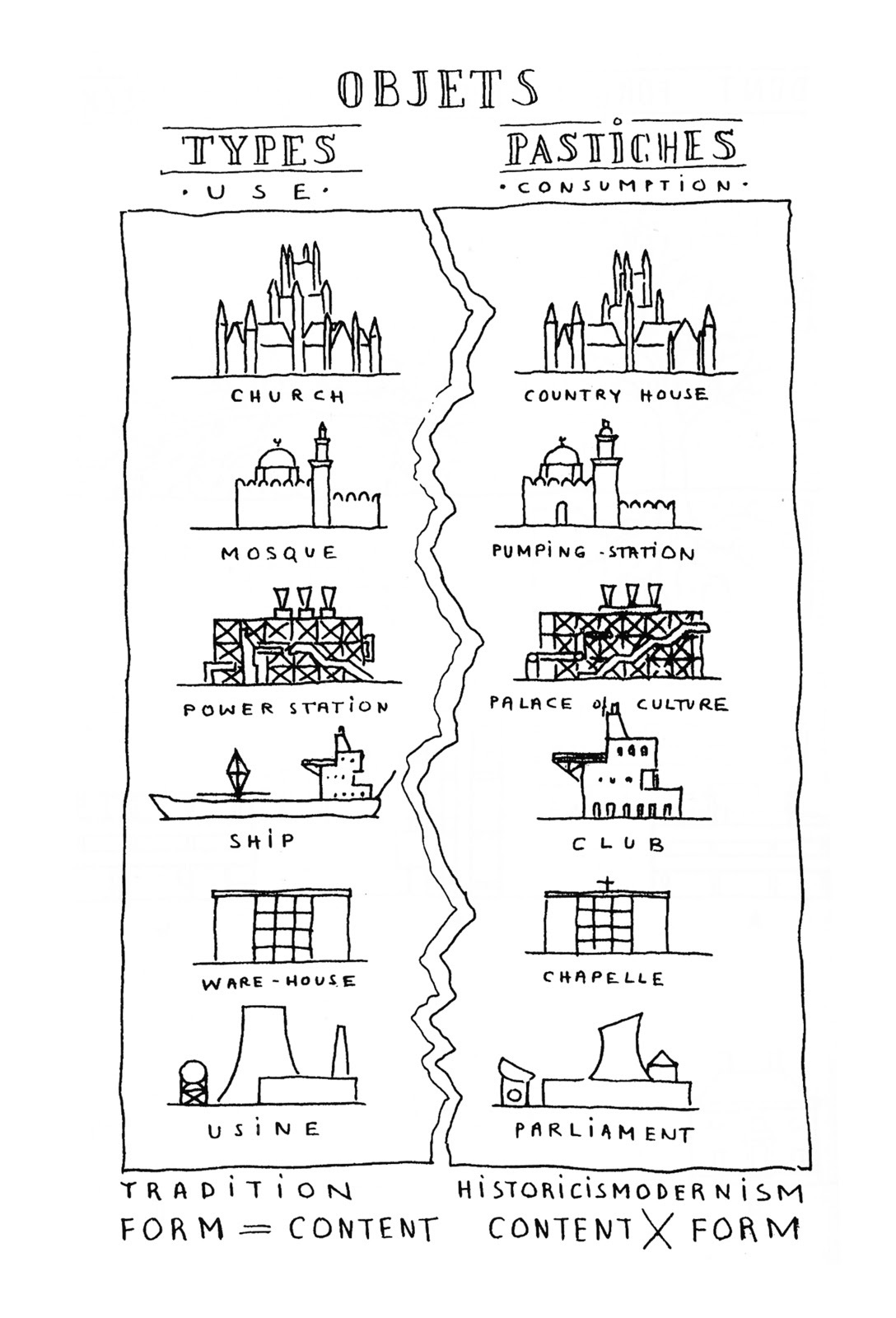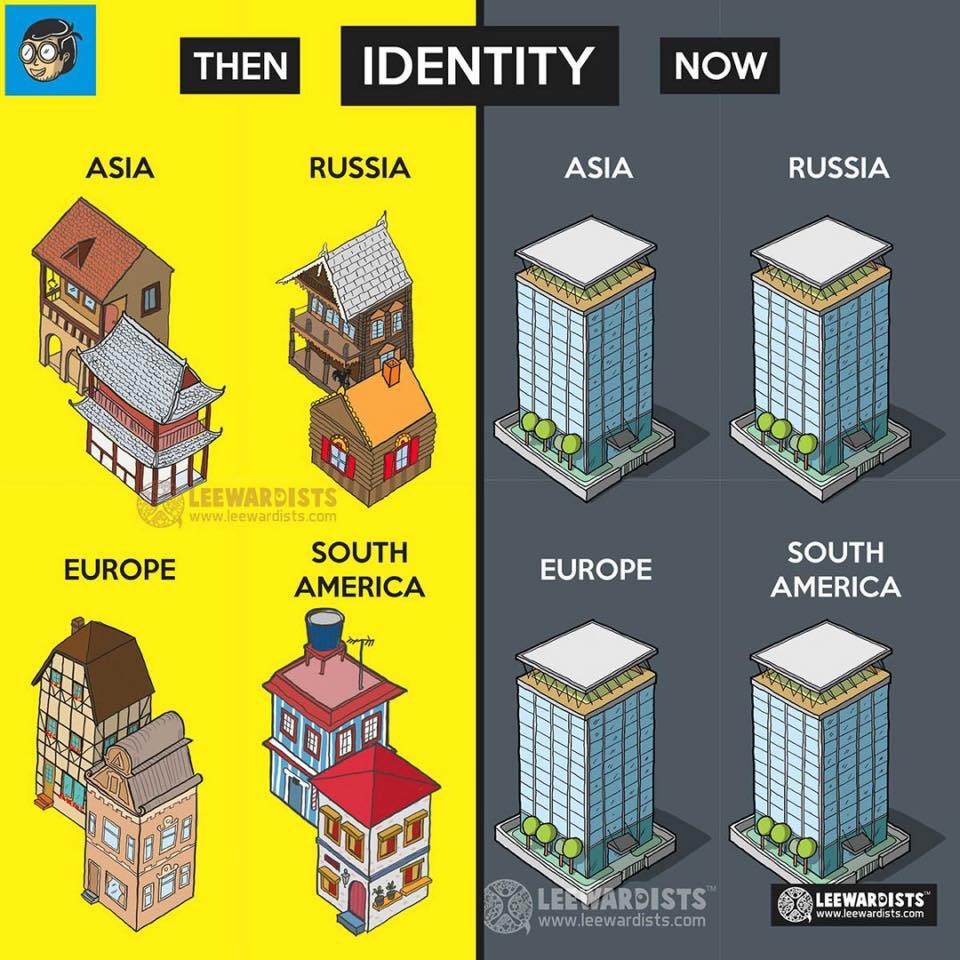It's Time for an (Architectural) Uprising
A movement begun in Sweden has the opportunity to change the world for the beautiful.
Rather by accident, YouTube suggested a video about a group known as Arkitektur Upproret (“Architectural Uprising”) which is sweeping across Norway and Sweden with sister organizations in the U.K., Estonia, Finland, Denmark, and Germany. They object to the notion that modern architecture is cheaper and call out modern construction as an eradication of Swedish culture. I am fascinated by them, since they are providing what seems to be the first effective counter strike against modern architecture in the town of Gothenburg.
I have read through their website, which is all in Swedish save for one English page. I translated it using Chat GPT, so I can’t attest to perfect accuracy.
They speak out firmly against the “uglification” of their homeland, the destruction of its traditional architecture, and the tyranny and laziness of architects. The group itself is composed of all sorts of people who love beautiful buildings. Their methods are varied, from social media posts and highlights of beautiful buildings, to sardonic “ugliest” building and sincere “most beautiful building” awards. They encourage peaceful political action, and, just as importantly, helping developers and politicians create a more desirable alternative.
“Someone needs to have the confidence to stand up and say: ‘the arguments [don’t] hold up.’ We should do this [traditional architecture] instead. But when someone has done that, it is easy for the next person to stand up…”
-Johannes Hulter, Mayor of Gothenburg
I am deeply impressed by how they make their case. Their use of statistics is simple and direct. Cursory research in Sweden suggests that some 70-80% of Swedes prefer traditional Swedish styles despite only 1% of new construction being in traditional styles. When a Ph.D. candidate examined personal opinions of four Stockholm neighborhoods, numerous people responded that the traditional neighborhood was more warm and its buildings more unique, despite all being in the same style.
What’s more, a major proportion of Stockholm’s politicians, journalists, and architects live in the Södermalm neighborhood. This area of the capital is the most historical and traditional in style. As a realtor, I see the same trend every day. Only the wealthy have a choice to live in beautiful homes. The rest must make do with modernist cubes. When they are critiqued for imposing ugliness on the masses, the journalists lash out, calling the architects’ detractors “Trumpists,” “populists,” “far-right” and other false and slanderous names.
Architectural Uprising also provides explanations of the predominant architectural styles, their history, and the dominant theories of urban development. They also provide a suggested reading list that dives far deeper into various related topics. In this way, Architectural Uprising seems to strike a crucial balance between an aristocratic and democratic tone. There is the common person who hates modern architecture, yet lacks the language to describe why, and the academic that speaks the language yet lacks sufficient peers to influence government. The academics of Architectural Uprising seem to approach the common man with genuine concern for Sweden, and I think this is one of their secrets to success.
The YouTube video points out that traditional styles evolved by trial and error for their specific context. Modernists reject these developments as “irrational embellishment.” The video gives as an example the traditional pitched roofs of Scandinavia, ideal for rainy and snowy climates. The modernists favor instead flat roofs, which are horribly prone to leaking. The Kiruna City Hall had to be abandoned after only five years due to leaks.
Architectural Uprising also has a page of comics that illustrate their greater points in very witty and approachable terms. Many of the comics are from Leon Krier, the Luxemburger architect of King Charles III and a leading New Urbanist. He calls them his “Polemical Doodles.” You can find a large collection of them here. These comics are the most effective vehicle of Architectural Uprisings message because there is no need for specialist terminology. The point is plain and simple, simpler even than words and self-evidently true. My favorites are dispersed throughout the article.
I particularly like this group because they are so grounded in reality. They have fought and won battles, convinced politicians, and set out a plan for protesting. The Mayor of Gothenburg, a member of the Social Democrat, agreed with Architectural Uprising’s ideas and consulted them in the construction of a public housing project called Majstångsgatan in the Majorna district. How novel a notion that poor people may be allowed to live in a beautiful home!
“A prerequisite for having something social at all is that people actually are there. They want to go there, and they won’t do that if the places are ugly.”
-Johannes Hulter, Mayor of Gothenburg
They have also successfully challenged a modernist dormitory.
They do not simply complain about modern architecture, they provide a plan to overcome it. Here are their tips for success (translated by Chat GPT, original Swedish text):
“Residents and visitors are rarely consulted about their preferences regarding the exterior architecture. Decisions are mostly in the hands of politicians, developers, and architects. However, we live in a democracy, which means that as residents, we are seldom completely powerless. Here are some tips on how you can influence projects that you consider to be subpar:
Write letters to the editor in local newspapers to engage more residents of the municipality.
Engage local newspapers and ensure that journalists write articles on the subject. The case in Dalarna has resulted in numerous articles and a protest on the newspaper's editorial page against high-rises in the small-scale town of Leksand.
Collect signatures to show politicians that you exist and what you are protesting against. Use, for example, online petition platforms.
Contact the municipality and its politicians. In Dalarna, a large number of citizens sent their opinions to the planning and mapping department. Find out the procedure for your municipality and ensure that everyone sends their feedback to the same email addresses.
Check if you can gain support from one or more museums (such as the county museum or local heritage museums). Local heritage associations should also get involved to enhance credibility.
Start a forum and a meeting place on Facebook where like-minded individuals can discuss and plan resistance.
Create one or more counter-proposals. For example, you can suggest relocating a threatened house or propose renovating a threatened building for other purposes. The best counter-proposal against ugly and disruptive new construction is to design your own drawings of houses that would fit better. Local newspapers love to write about and showcase proposals that come directly from citizens. Click here to see an example of this.
Many demolition permits often violate various laws, treaties, and conventions, which is important to highlight. The different conventions and treaties summarized here include:
The Granada Convention aims to strengthen the protection of European cultural heritage and promote collaboration among European countries in this task. You can also read a compilation of the 13 most important conventions here.
The Malta Convention: Council of Europe's Convention on the Protection of the Archaeological Heritage (not available online but can be ordered as a booklet).
The Charleston Agreement.
The Venice Charter for the Conservation and Restoration of Monuments and Sites.
There is also strong protection under the Planning and Building Act (PBL) and the Cultural Heritage Act.
How is it possible for demolition permits to bypass all the aforementioned obstacles?
In addition to the experiences from the large protest action in Dalarna mentioned above, there are other things you can do:
Do you have an active local heritage association that you can contact?
Contact the Building Conservation Society for tips. Also, refer to their "Guide for Planning and Building Matters.pdf."
Contact the National Heritage Board for further assistance.
If it can be proven that the municipality mishandled a case, you can report the municipality to the Parliamentary Ombudsman (JO). See our page "What protection do historically valuable buildings and environments have?"
Contact the Property Board in your county.
Contact the local politicians serving in the local building committee.
“Last but not least, do not give up and continue to fight for a more beautiful Sweden!
The last half of the suggestions are obviously inapplicable to the United States in letter, but their spirit is certainly strong. Pressure must be placed on politicians to show them what the People value. And they are still human. How can we expect them to do what we would like if we do not tell them?
I would also add that you should start your own organization to fight for more beautiful architecture. America has always been a country where people gather in groups to improve their society. Our drive to achieve privately what the state cannot or will not do on its own is the source of our liberty. The founders of Architectural Uprising encourage others to reach out to them for advice. They have learned difficult lessons, and they would like you to be able to skip those steps.
This is exactly what we need in the United States. The People must make heard their desire for beauty. What’s more, they must oppose the destruction of traditional buildings to be replaced with homes and skyscrapers of mediocre craftsmanship and inferior aesthetics. We must not only make politicians, builders, and architects feel the pressure to build traditionally, but we must make the path to beautiful architecture as easy as possible for them.





